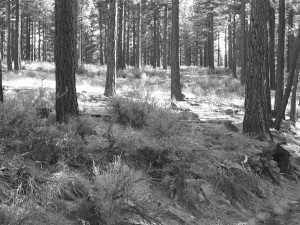A version of this blog was originally posted in Vicki’s Sustainable Home Contracting Help, August 11, 2012
We thought it was very relevant to Envirohaven, and wanted to share it here.

When deciding to build a new home, the location is the most important consideration.
Some rules should be followed when searching for property on which to build any type of home. Finding the best location for an off-grid sustainable home requires some very specific considerations.
So why is it that most often, folks pick their spot and then design their home?
When selecting a sustainable location, several basic aspects must be considered:
1. Select a realtor to assist you that has experience with property in your particular area of interest.
This, of course, is true for purchasing property for any use. A knowledgeable agent will be familiar with the history of the property and the area as well what any possible future plans for the area may be. Is there talk of a golf course or a power plant going in next door? In addition, contact the local planning department on your own to get a copy of the area plan. Talk to them about the area.
2. Will the view side have a southern exposure?
If you’ve been researching sustainable aspects, you understand that in the northern hemisphere, you’ll want your Solar PV and Solar Thermal, panels for hot water, facing south where the sun will shine for maximum value.
But you’ll also prefer to have the sun shining in your windows as much during the winter as possible. If south is facing the highway, that’s what you’ll see (and hear) from those solar collecting windows.
3. Hillside construction adds natural insulative value. Is your hill on the north or south?
The cool north side is ideal for a walk out basement that will keep the temperature, on average between 55 and 57 degrees Fahrenheit (13 to 14 degrees Celsius) below frost line. But if your hill is on the south side, your home won’t be able to take advantage of that topography.
4. Know the size and location of the, “Building Envelope” , easements, and possible height limits of your property.
Again, true for any property you might consider purchasing. Some properties are sold with what is referred to as a “Building Envelope.” This is the area of a piece of property that your homeowners association or local building authority will allow your home to be built on. Make sure that the size and style home you are picturing will fit on this property, apart from property that might be designated for easements. Some areas have view restrictions that will preclude the construction of a two story home.
5. In a subdivision or properties under 5 acres, as a rule of thumb, know the neighboring property.
If there is not yet a home built on neighboring property, where is the best building site for the neighbor? Although this is again true for all properties, it is especially important with regard to homes requiring solar energy generation. With different possible scenarios for neighboring construction, will your view or solar exposure be obstructed?
If you have any experiences to share that might help others find their dream spot, please comment below. And if you have questions, we are always happy to hear from you!





You must be logged in to post a comment.